
| Yellow Albatross or Christmas Island White PIERINAE, PIERIDAE, PAPILIONOIDEA | (donherbisonevans@yahoo.com) and Stella Crossley |
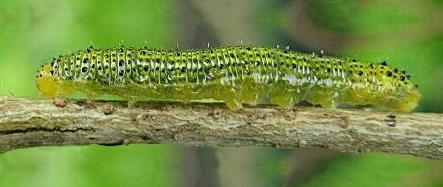
(Photo: courtesy of
Wes Jenkinson)

| Yellow Albatross or Christmas Island White PIERINAE, PIERIDAE, PAPILIONOIDEA | (donherbisonevans@yahoo.com) and Stella Crossley |

(Photo: courtesy of
Wes Jenkinson)
The Caterpillar is grey and green with white dorsal stripe, and numerous raised black spots. When resting, it normally lies along the midrib of a foodplant leaf.
The foodplants include:
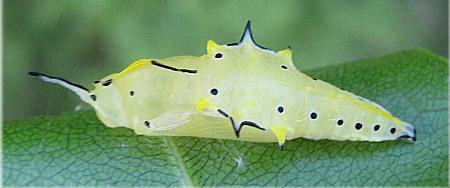
The pupa is pale yellow with a black spike on the head, and with other black and yellow markings. It is often attached to a leaf.
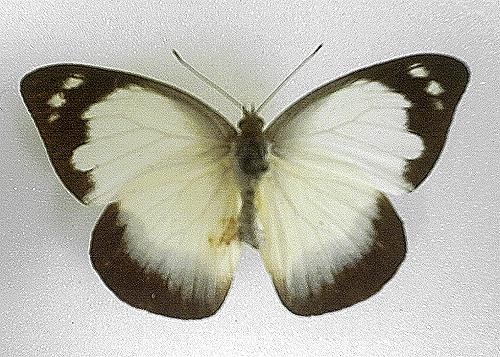
The female adult butterflies have white forewings with black edges containing white spots, and yellow hindwings with black edges which may contain yellow spots.
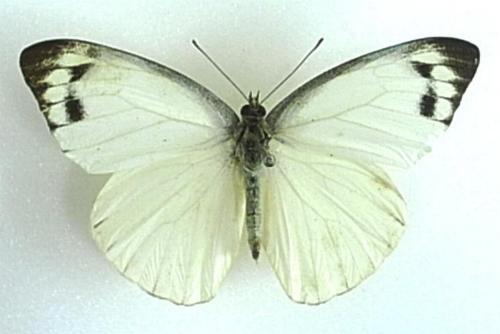
The male butterflies are white with black tips to the forewings, which also have two black subapical spots.
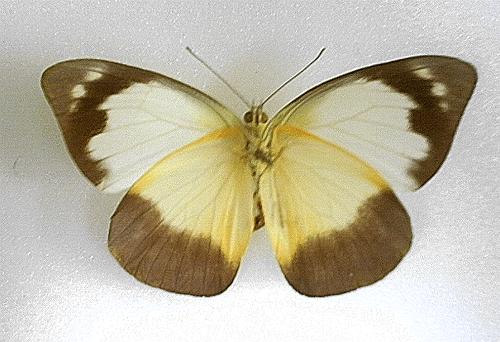
Underneath, the sexes resemble their upper sides, but with a yellow ground colour rather than white.
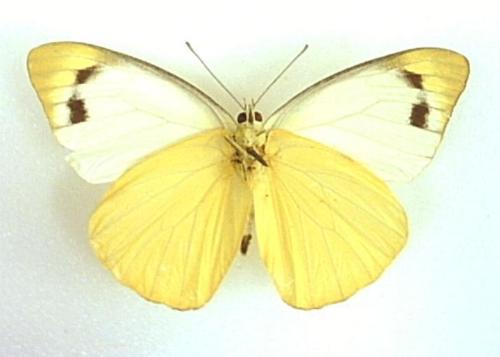
Both sexes have a wingspan of about 5 cms.

The eggs are laid singly, and are yellow or green. The are shaped like a tall barrel with about a dozen ribs. The eggs are about 0.8 mm tall, and 0.3 mm in diameter. They are laid singly on food plant leaves.
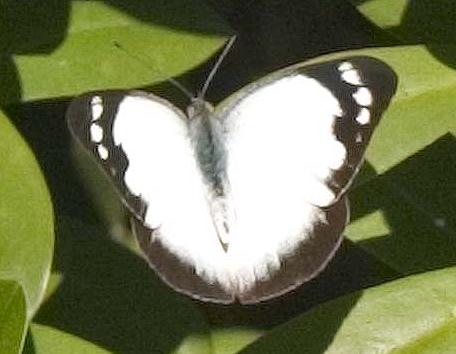
The species occurs from India to Samoa, including :
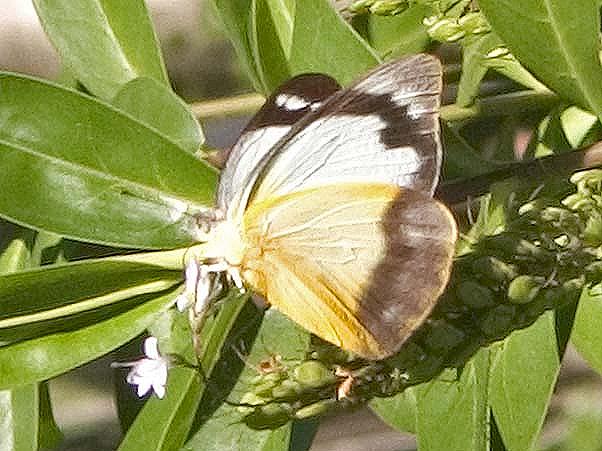
In Australia: the subspecies ega (Boisduval, 1836) occurs in the north and east, including
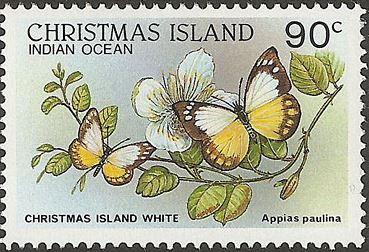
Further reading :
Michael F. Braby,
Butterflies of Australia,
CSIRO Publishing, Melbourne 2000, vol. 1, pp. 325-326.
Pieter Cramer,
Uitlandsche Kapellen,
Papilions exotiques des trois parties du monde l'Asie, l'Afrique et l'Amérique,
Volume 2 (1777), p. 21, figs E,F, and also
Plate 110, figs. E,F.
Wesley Jenkinson,
Life history notes on the Yellow Albatross,
Appias paulina ega (Cramer, [1771]) Lepidoptera: Pieridae,
Butterflies and Other Invertebrates Club,
Metamorphosis Australia,
Issue 63 (December 2011), pp. 15-18.
Frank Jordan & Helen Schwencke,
Create More Butterflies : a guide to 48 butterflies and their host-plants
Earthling Enterprises, Brisbane, 2005, p. 50.
Buck Richardson,
Tropical Queensland Wildlife from Dusk to Dawn Science and Art,
LeapFrogOz, Kuranda, 2015, p. 222.
 caterpillar |  butterflies |  Lepidoptera |  moths |  caterpillar |
(updated 1 May 2009, 7 April 2025)